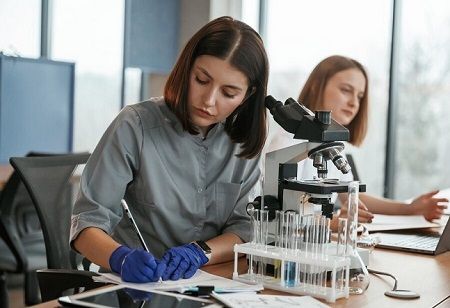Researchers from the Indian Institute of Science (IISc) have pioneered the development of flexible films capable of displaying vibrant colours akin to those seen in mollusc shells and peacock feathers, without relying on pigments. These films exhibit colour changes when subjected to mechanical deformation, offering versatility for numerous applications.
Innovatively, scientists introduced a cost-effective, scalable technique involving the deposition of gallium metal, in liquid form, to generate nano-sized particles on a flexible substrate. Previously unexplored due to the high surface tension of gallium, this method facilitates the simultaneous creation of multiple structural colours responsive to mechanical stimuli.
Overcoming the surface tension barrier is achieved by employing polydimethylsiloxane (PDMS), a biocompatible polymer substrate. PDMS is synthesized by blending two liquid components—an oligomer and a cross-linker—that react to form a solid polymer. Researchers discovered that the unreacted oligomer, remaining in a liquid state, crucially stabilizes gallium nanoparticle formation on the substrate.
Upon stretching the substrate, the liquid-like oligomers infiltrate the gaps between nanoparticles, altering the gap size and light interaction, thereby inducing colour variation. This phenomenon enables the observed change in colouration.
In essence, the research team's groundbreaking approach involves exploiting the unique properties of PDMS to facilitate the formation of gallium nanoparticles, which dynamically respond to mechanical deformation, thereby producing vivid structural colours in flexible films. This innovation holds promise for diverse applications, offering a sustainable and efficient alternative to traditional pigment-based colouration methods.

